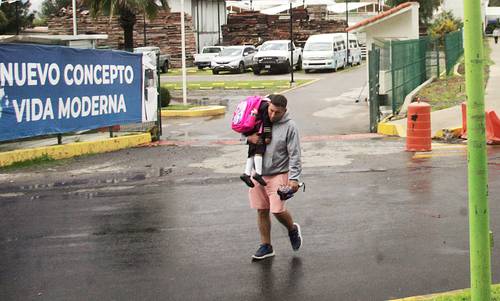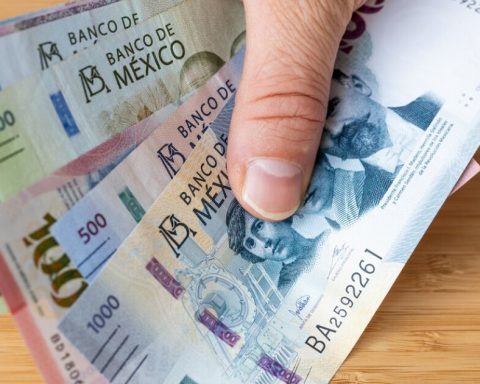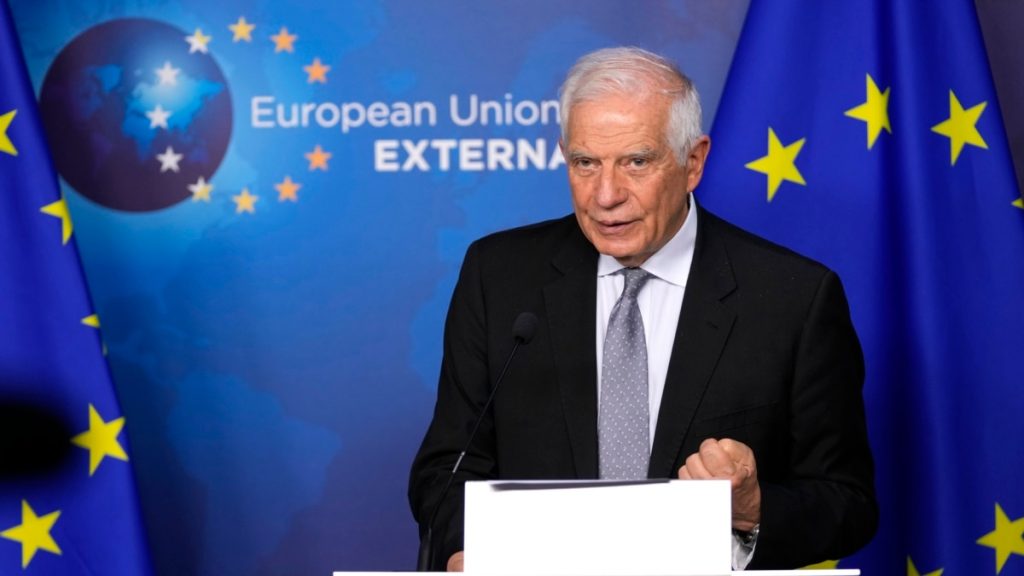▲ At the end of her second day of school, a little preschool girl is taken home by her father in the state of Mexico.Photo Roberto Garcia Rivas
Laura Poy Solano
The newspaper La Jornada
Wednesday, August 28, 2024, p. 17
School meals, which benefit 418 million children worldwide each year, of which more than 80.3 million live in Latin America and the Caribbean, not only promote the health and learning of children and adolescents, but also generate multiple impacts if linked to the local economy, said officials from the United Nations World Food Programme (WFP).
Inaugurating the 10th Regional Forum on School Feeding for Latin America and the Caribbean, Carmen Burbano, Global Director of the WFP School Feeding Unit, highlighted that each year the governments of more than 100 nations spend 48 billion dollars on the purchase of food for schoolchildren, which also generates 4 million jobs for women in tasks related to meal preparation.
At the meeting, which brought together specialists and representatives from 25 countries at the Los Pinos Cultural Complex, Dolores Castro, WFP representative for Latin America and the Caribbean, acknowledged that there are multiple challenges to ensure that no girl, boy or adolescent is excluded from the most effective and globally supported social policy.
School feeding is one of the most successful public policy actions, as it has been proven that it increases school attendance by up to 9 percent, which also reduces dropout rates.
he stressed.
He added that in the most unequal region in the world, despite the existence of strong school feeding programs, coverage is still not universal, in a context of an increase in the population living in extreme poverty and food poverty, as well as malnutrition, which includes the effects of chronic malnutrition, overweight and childhood obesity. He called for guaranteeing the quality and safety of school meals, as well as the sustainability of the programs due to their budgetary impact. In the region, he explained, the average investment per student is one to two dollars per meal.
In this regard, Burbano estimated that in high-income countries, between 60 and 70 percent of the student population has access to school feeding programs; in middle-income countries, coverage is 50 percent; but in low-income countries, the figure falls to 20 percent.
At that event, headed by the Secretary of Health, Jorge Alcocer Varela, who stated that school breakfasts are the key
of health and learning, Ruy López Ridaura, Undersecretary of Prevention and Health Promotion, said that challenges are still faced, although he stressed that in the current administration More than 100,000 schools offer school breakfasts, of which 65 percent have hot breakfasts
.
He considered it urgent that the State assume its responsibility to guarantee healthy educational environments, since he assured that the school is the main obesogenic space
that children face, because junk food and ultra-processed products are still being sold.

















